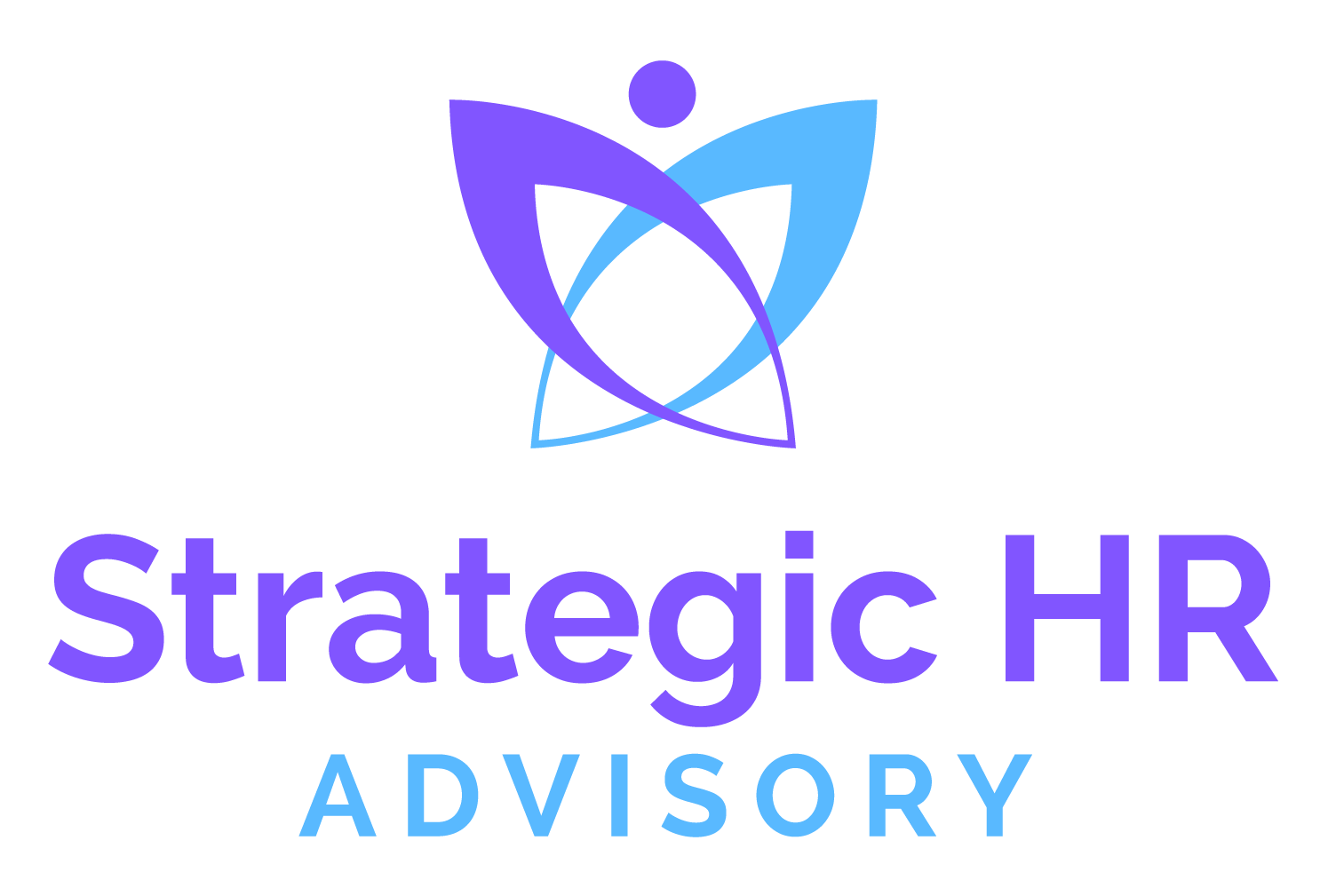Navigating Pregnancy and Maternity Leave in California: A Guide for Employers
When an employee announces they’re expecting, it’s a joyful milestone; however, it can also trigger questions and confusion around leave policies, compliance requirements, and how to manage staffing during their absence. For California employers, understanding pregnancy and maternity leave laws is not just a legal obligation, it's also an opportunity to demonstrate empathy, organization, and leadership.
At Strategic HR Advisory, we work with growing businesses to design clear, compliant HR systems, including effective leave management frameworks. In this post, we’ll break down how pregnancy and maternity leave work in California, how federal and state laws interact, and what employers should consider when managing employee leave.
The Basics: Federal FMLA
At the federal level, the Family and Medical Leave Act (FMLA) provides eligible employees with up to 12 weeks of unpaid, job-protected leave in a 12-month period. This includes leave taken for:
The birth of a child
Caring for a newborn within the first year of life
A serious health condition that prevents the employee from working (including pregnancy-related conditions)
FMLA Eligibility Requirements:
The employer must have 50 or more employees within a 75-mile radius
The employee must have worked for the company for at least 12 months
The employee must have worked 1,250 hours in the past 12 months
While FMLA sets the baseline, California offers additional protections that are often more generous, and they apply to smaller employers, too.
California’s Layered Leave Laws: PDL and CFRA
In California, two additional laws protect employees during and after pregnancy: Pregnancy Disability Leave (PDL) and the California Family Rights Act (CFRA).
Pregnancy Disability Leave (PDL)
PDL allows employees to take time off when they are medically disabled by pregnancy, childbirth, or related conditions. This includes prenatal care, severe morning sickness, doctor-ordered bed rest, childbirth, recovery, and postnatal medical appointments.
Key features of PDL:
Applies to employers with 5 or more employees
Offers up to 4 months of job-protected leave per pregnancy
Leave can be taken intermittently or all at once
Employers must continue group health insurance coverage during leave.
May run concurrently with FMLA but not with CFRA.
California Family Rights Act (CFRA)
After an employee has recovered from childbirth, CFRA allows up to 12 weeks of job-protected leave for bonding with a new child. Unlike FMLA, CFRA defines “family” more broadly and applies to smaller businesses.
Key features of CFRA:
Applies to employers with 5 or more employees
Can be used for bonding with a biological, adopted, or foster child
Can be taken any time within the first 12 months of the child’s birth or placement
Does not run concurrently with PDL—meaning employees may take PDL and CFRA consecutively.
How Leave Can Be Combined: A Timeline Example
Here’s how a full maternity leave might play out in California:
Employee is medically disabled during pregnancy: She may take up to 4 months of PDL, which may include time before and after childbirth. The employee is under PDL 2 months before delivery and 8 additional weeks after a C- Section, a total of 4 months.
Employee recovers and transitions to bonding leave: She begins 12 weeks of CFRA leave to bond with her baby.
Total potential leave time: Nearly 7 months of job-protected leave, depending on the employee’s medical needs and bonding plans.
Employees may also be eligible for State Disability Insurance (SDI) during PDL and Paid Family Leave (PFL) during CFRA bonding time - providing partial wage replacement during their leave period. These wage replacement programs are administered by California’s Employment Development Department (EDD).
Leave Management: What Employers Should Do
Managing leave well is more than tracking time off, it’s about creating a smooth process for employees and maintaining business continuity. Here are best practices for employers:
1. Document Your Leave Policy
Ensure your employee handbook clearly outlines how pregnancy, disability, and family leave are handled. Define eligibility, required notice, how benefits are maintained, and how to request leave.
2. Train Managers
Supervisors should be trained on legal requirements, internal procedures, and how to communicate empathetically and confidentially with team members requesting leave.
3. Coordinate Multiple Leave Laws
FMLA, PDL, CFRA, and wage replacement programs like SDI and PFL may overlap, but not always. Consult HR experts or legal counsel to ensure proper sequencing and documentation.
4. Maintain Accurate Records
Track leave dates, medical certifications, and benefit continuation. Use a leave management system or work with an HR partner to stay organized and compliant.
5. Support the Return to Work
Reinforce your workplace culture by offering phased returns, flexible scheduling, or check-ins to ease the transition back to work. Employees who feel supported are more likely to stay engaged and loyal.
California’s pregnancy and maternity leave laws offer robust protections, but they also come with complexity. For employers, getting it right means staying up to date on legal obligations, managing timelines and documentation carefully, and approaching leave with empathy and clarity.
At Strategic HR Advisory, we help employers build compliant, employee-centered HR systems that support both business goals and human needs. If you need help updating your leave policies or managing a complex leave situation, our team is here to support you every step of the way.

